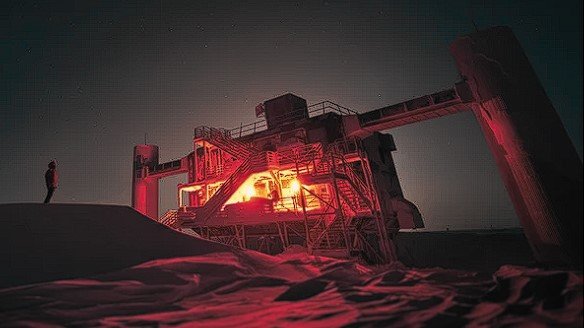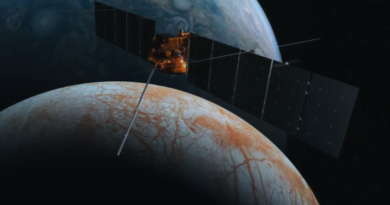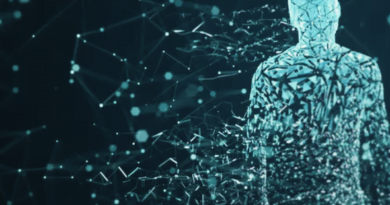Exploring Antarctica’s Hidden Ice Base Looking for Ghostly Cosmic Particles

Detection of elusive neutrinos originating from the Milky Way, Observatory in Antarctica achieved this feat and the implications for neutrino astronomy.
Neutrinos, the enigmatic particles ubiquitous yet notoriously difficult to detect, have recently emerged from the shadows with a landmark revelation: they’re streaming from distant corners of our galaxy, the Milky Way. This monumental breakthrough in neutrino astronomy comes as a result of pioneering research led by scientists at the IceCube Neutrino Observatory, stationed in the icy expanses of Antarctica.
The journey to capture these elusive particles has been a saga of scientific ingenuity spanning nearly a century. Wolfgang Pauli’s theoretical proposal of neutrinos in 1930 set the stage for a relentless pursuit, marked by skepticism and curiosity alike. Fast forward to today, and we stand at the cusp of a new era in astrophysics, with neutrinos serving as celestial messengers illuminating the darkest corners of the cosmos.
Steve Sclafani, a leading figure in the field from the University of Maryland, aptly describes this moment as the dawn of neutrino astronomy. It’s a testament to human perseverance and the insatiable quest for knowledge that drives us to push the boundaries of our understanding.
Neutrinos, often dubbed as the “ghost particles” of the universe, pose a formidable challenge to detection due to their elusive nature. Yet, through innovative techniques and collaborative efforts, scientists have managed to capture their faint whispers echoing through the void of space.
The key to this breakthrough lies in the IceCube Neutrino Observatory, a marvel of modern astrophysical engineering. Nestled amidst the icy expanse of Antarctica, this colossal detector comprises thousands of sensitive photomultipliers, meticulously positioned to capture the elusive signatures of passing neutrinos.
The path to discovery was fraught with challenges, particularly in distinguishing Milky Way neutrinos from the cosmic cacophony of background noise. However, through a combination of advanced data analysis and artificial intelligence algorithms, researchers successfully sifted through the noise to unveil the cosmic symphony hidden within.
Over a decade of observation, the IceCube team identified approximately 750 Milky Way neutrinos, each offering a tantalizing glimpse into the celestial ballet unfolding across our galaxy. This unprecedented feat not only marks the first detection of high-energy neutrinos from the Milky Way but also provides a roadmap for future exploration of the cosmos.
Beyond the realm of theoretical physics, the implications of this discovery are far-reaching. Neutrinos hold the key to unlocking the secrets of cosmic particle accelerators, shedding light on phenomena ranging from supermassive black holes to supernova remnants. With their ability to traverse vast distances unimpeded, neutrinos offer a unique window into the most extreme environments in the universe.
As we embark on this journey of discovery, one thing remains clear: the era of neutrino astronomy has arrived, bringing with it a new perspective on the cosmos and our place within it. With each detection, we inch closer to unraveling the mysteries that lie at the heart of existence, propelled by the relentless curiosity that defines the human spirit.








